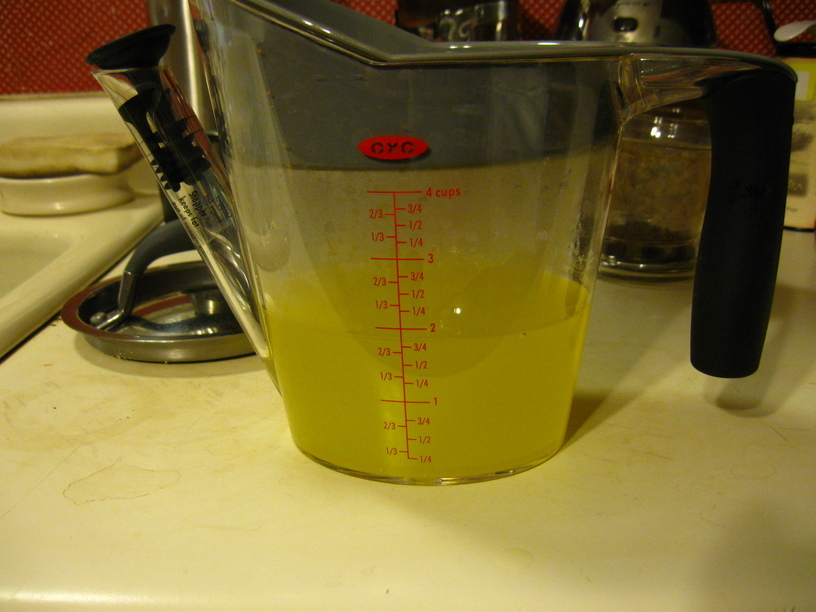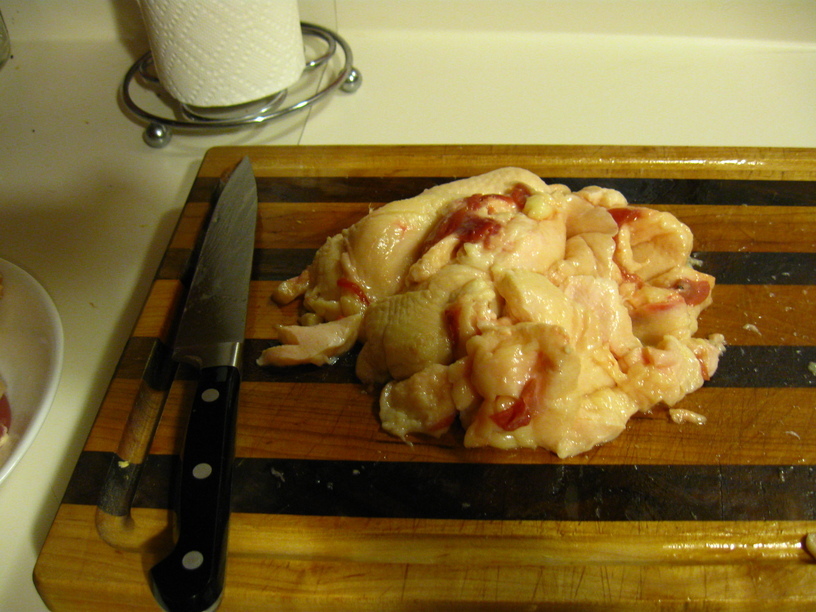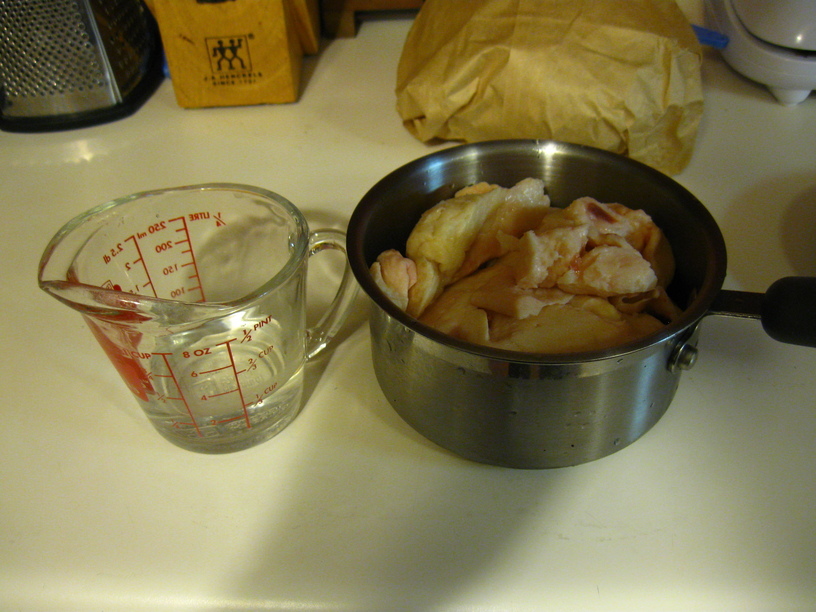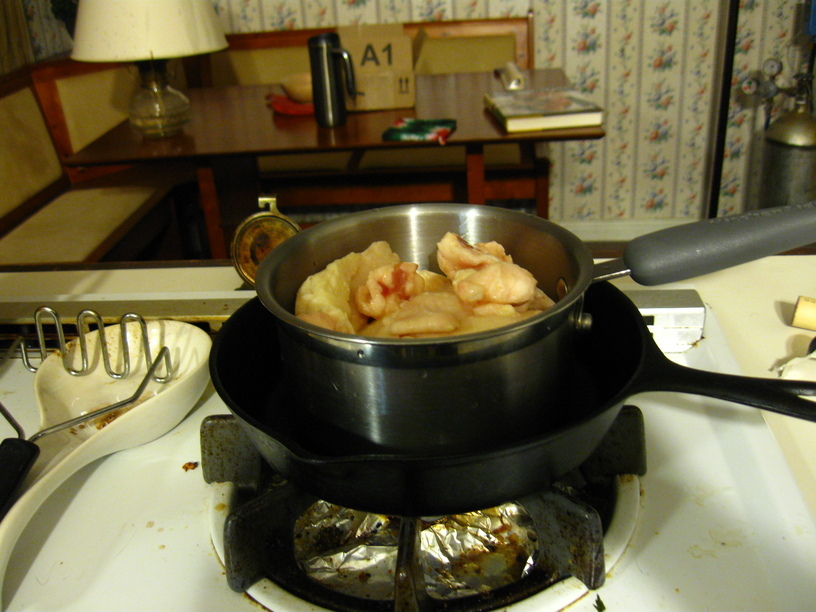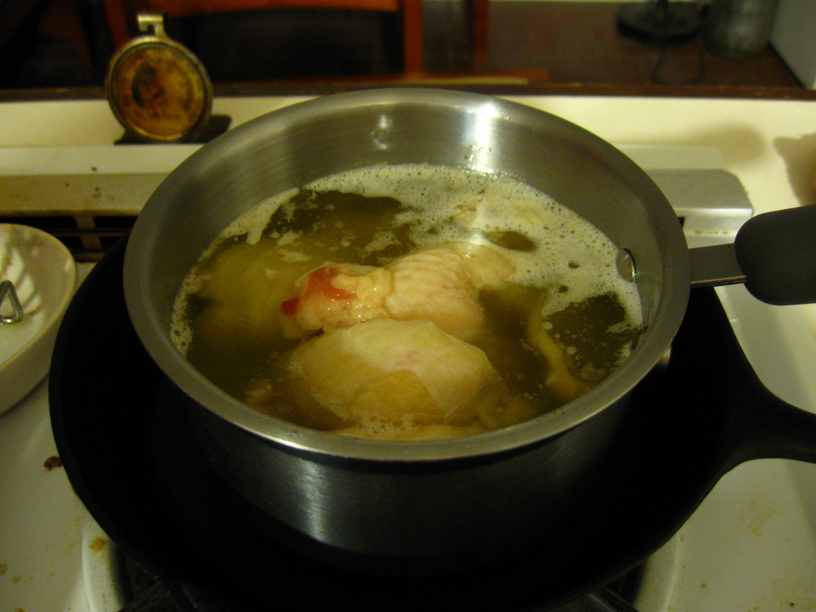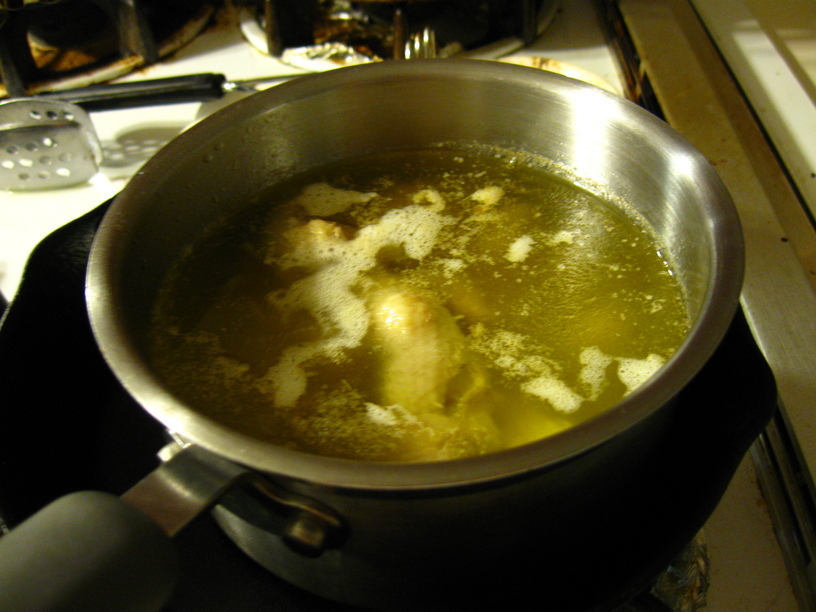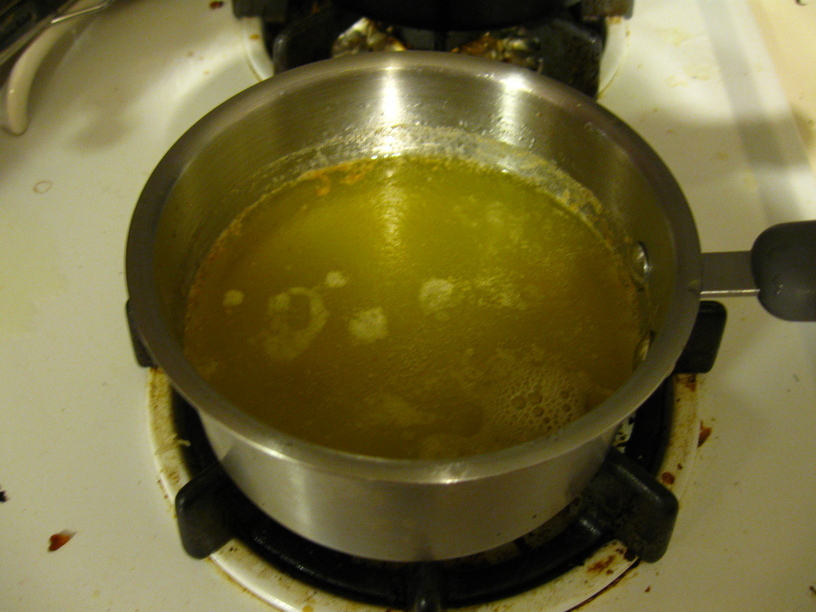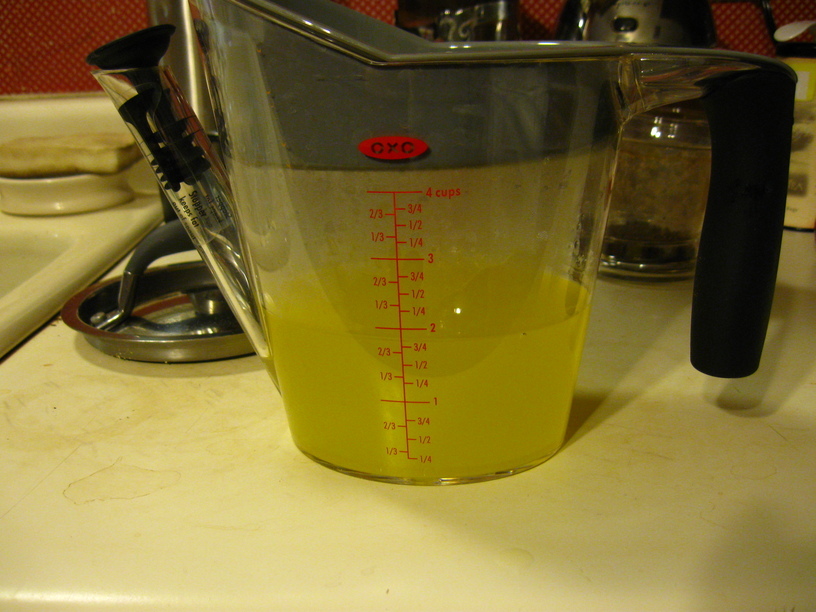Introduction
Instead of throwing away the fat you trim off cuts of meat when cooking you can turn the scraps into a useful ingredient. This guide will show the simple steps to “wet render” animal fat on your stove top using common kitchen supplies.
Why?
Rendered animal fat is a useful ingredient to keep in your kitchen. It has a high smoke point when prepared this way and is excellent for frying, it’s free of transfats and contains no industrial additives. It’s also pretty much impossible to buy, so if you need it for another recipe (such as confit) you have to make it.


